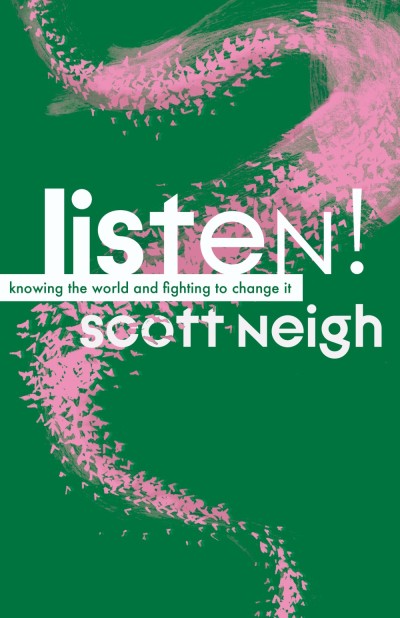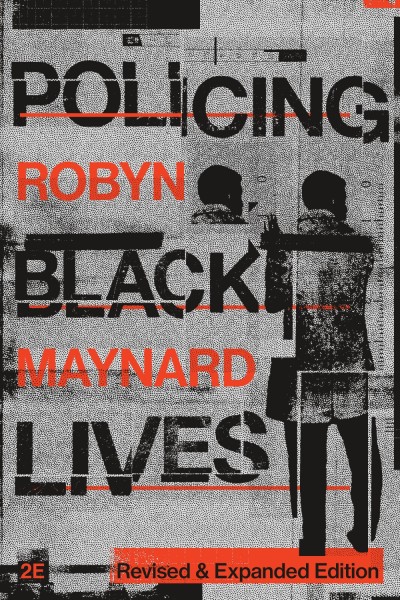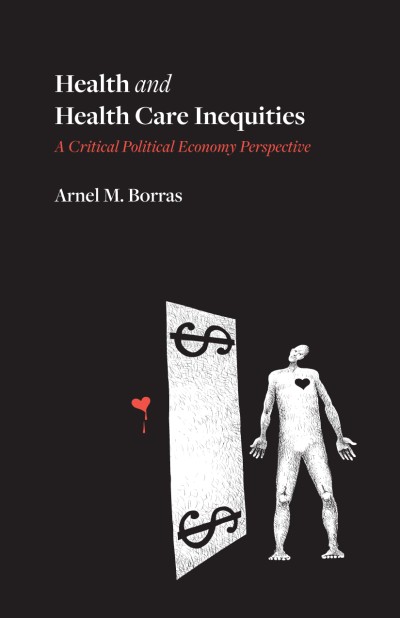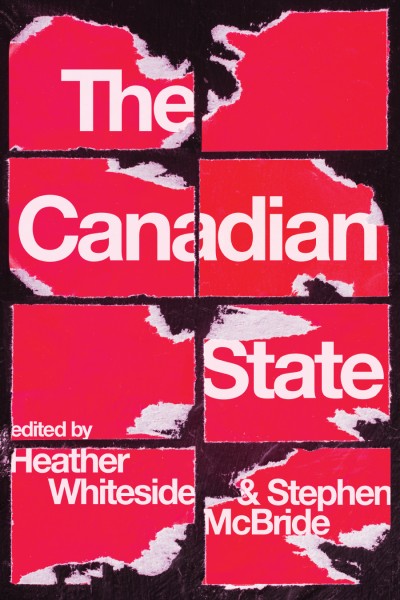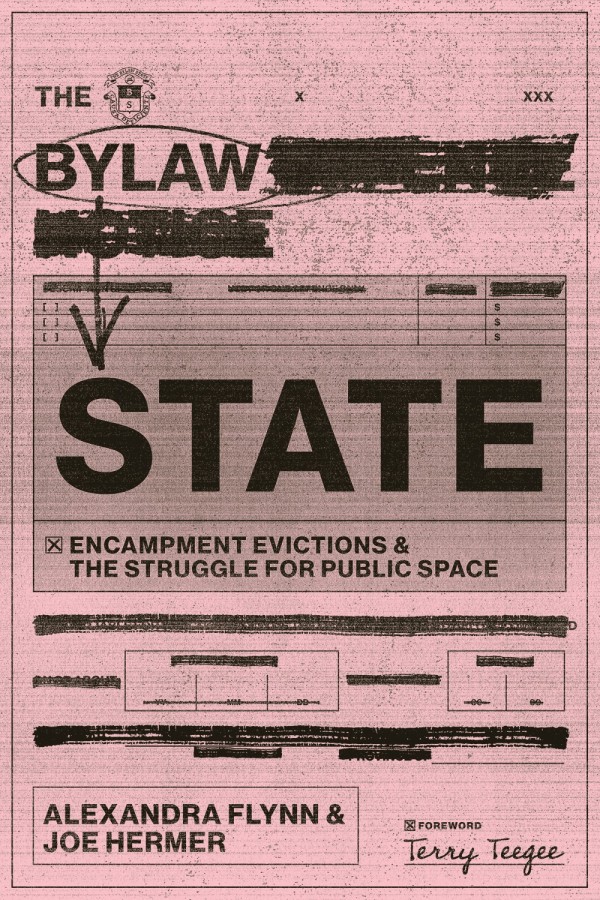
The Bylaw State
Encampment Evictions and the Struggle for Public Space
Cities weaponize bylaws to manage, regulate, and police the mobility and conditions of unhoused people living in encampments amid a massive housing crisis.
About the book
Encampments occupied by unhoused and precariously sheltered people have proliferated in recent years in cities and towns across Canada. While right-to-housing legislation and other rights protections exist on paper, their minimal legal force has left municipalities mostly free to use policing and bylaw enforcement to remove encampments from public spaces. The result is unnoticed but devastating violence against highly vulnerable people who have no choice but to survive in public spaces.
Anti-encampment bylaws raise the question of what legal and moral rights unhoused people have to live in public space. The Bylaw State shows that bylaws are powerful municipal instruments. Far from being innocuous laws enforced by municipal workers, bylaws have quietly emerged over the last two decades as the method of governing homelessness in Canada. Case studies in Prince George and Vancouver demonstrate the extraordinary expansion of municipal bylaws and the place of courts in defending the legal rights of homeless people to take up public space. Legal scholar Alexandra Flynn and sociologist Joe Hermer explain how municipalities create an exclusionary ideal of public space through evictions and banishment, and they make a powerful case for a more inclusive approach that protects people not just spaces.
Contents
- Foreword by BC AFN Regional Chief Terry Teegee
- Introduction
- The Resuscitation of Vagrancy Law
- The Legal Landscape of Homeless Encampment Regulation in Canada
- A Case Study of Moccasin Flats (Prince George)
- A Case Study of CRAB Park (Vancouver)
- How Bylaws Are Seen
- How Bylaws Are Unseen
- The Housing Crisis and the Struggle for Public Space








